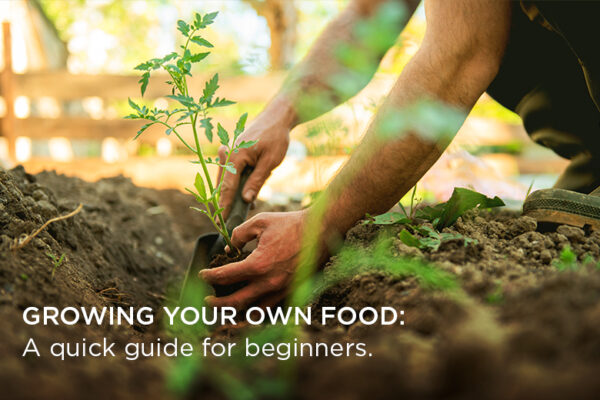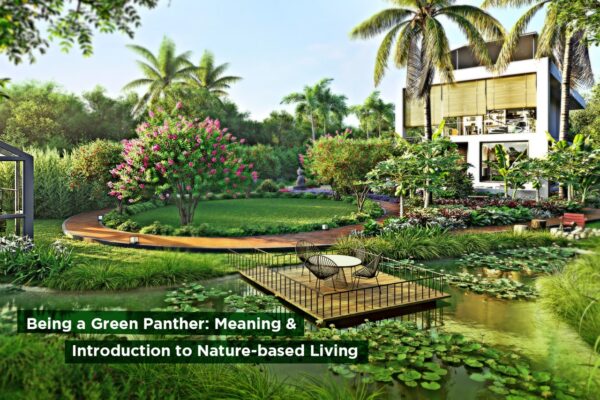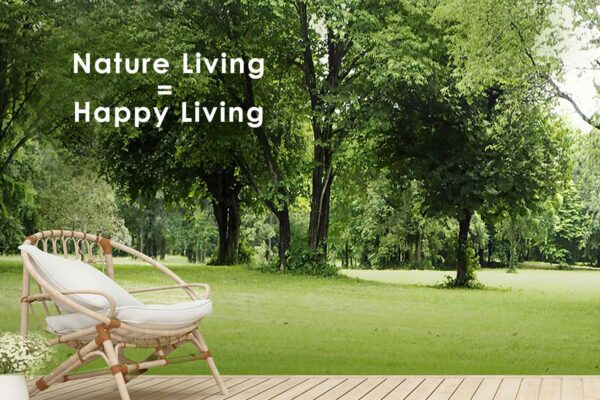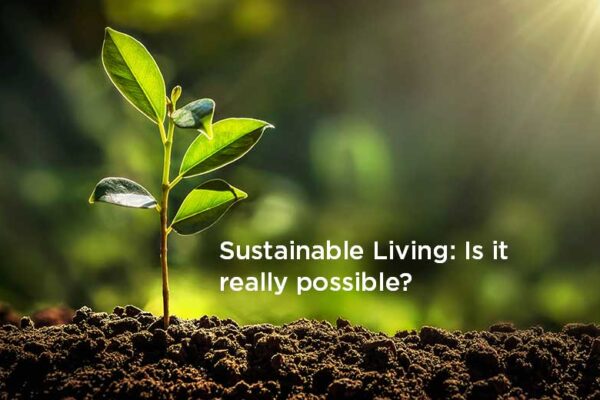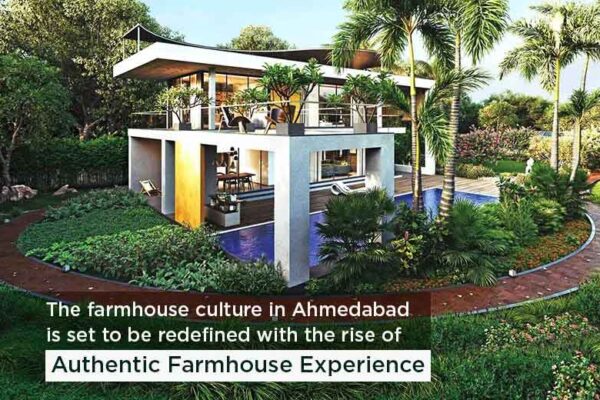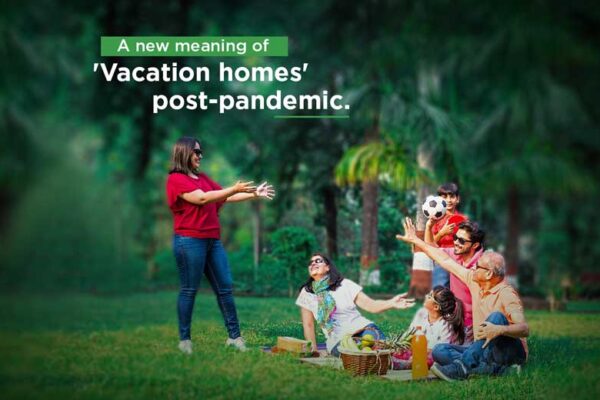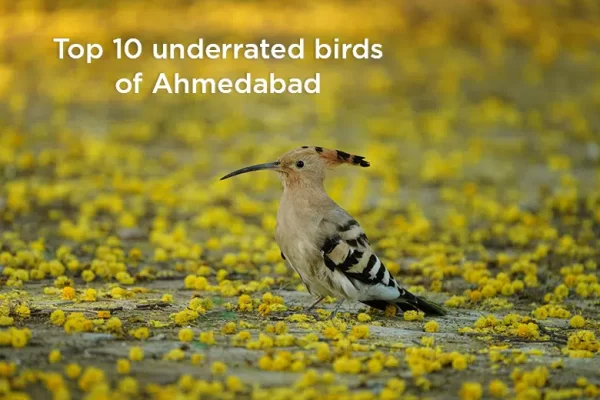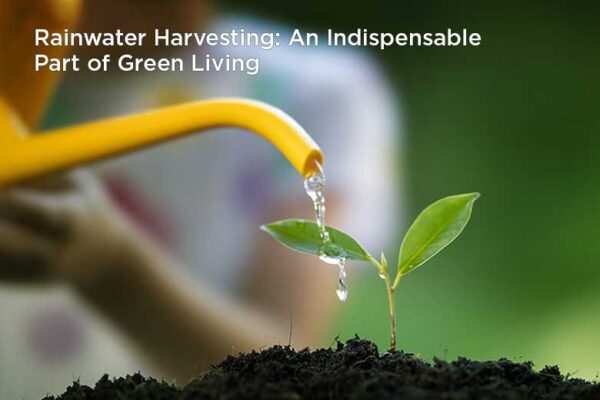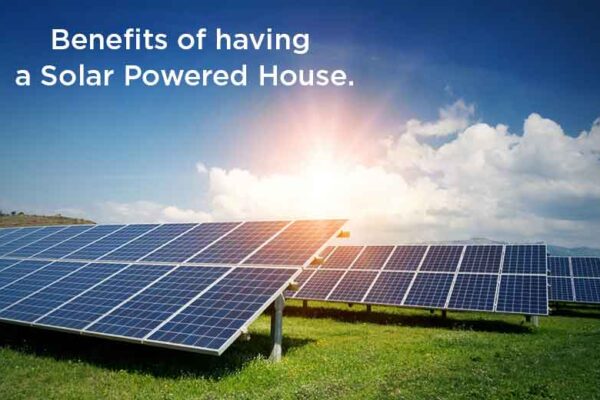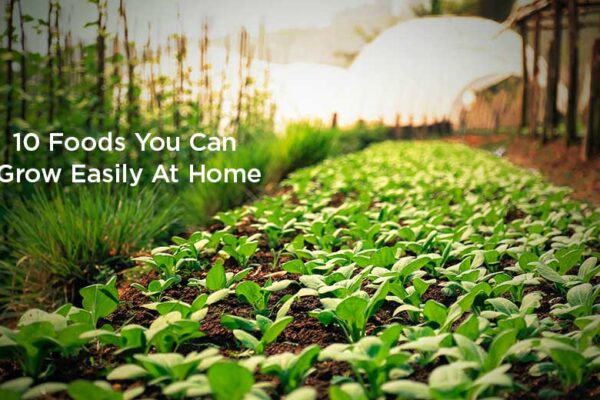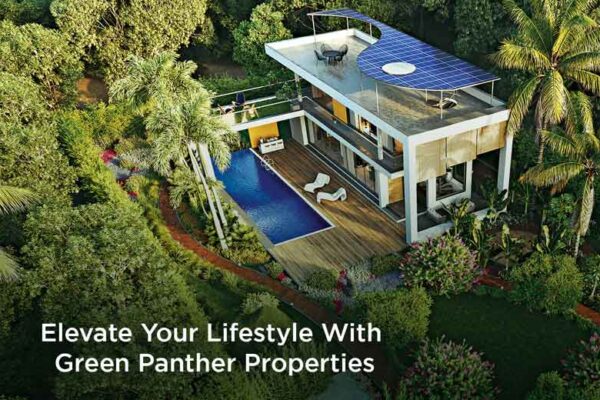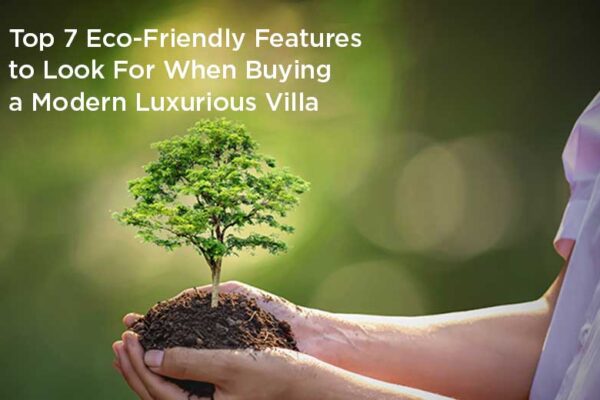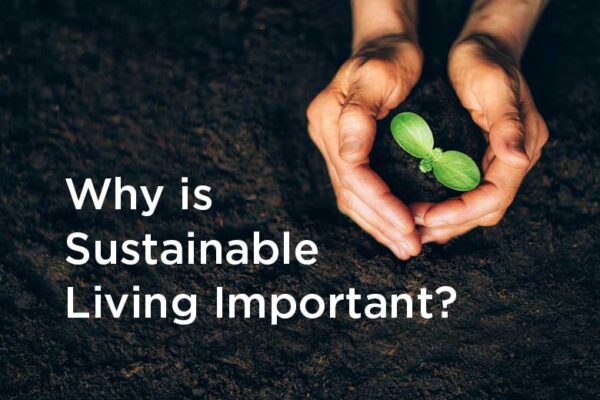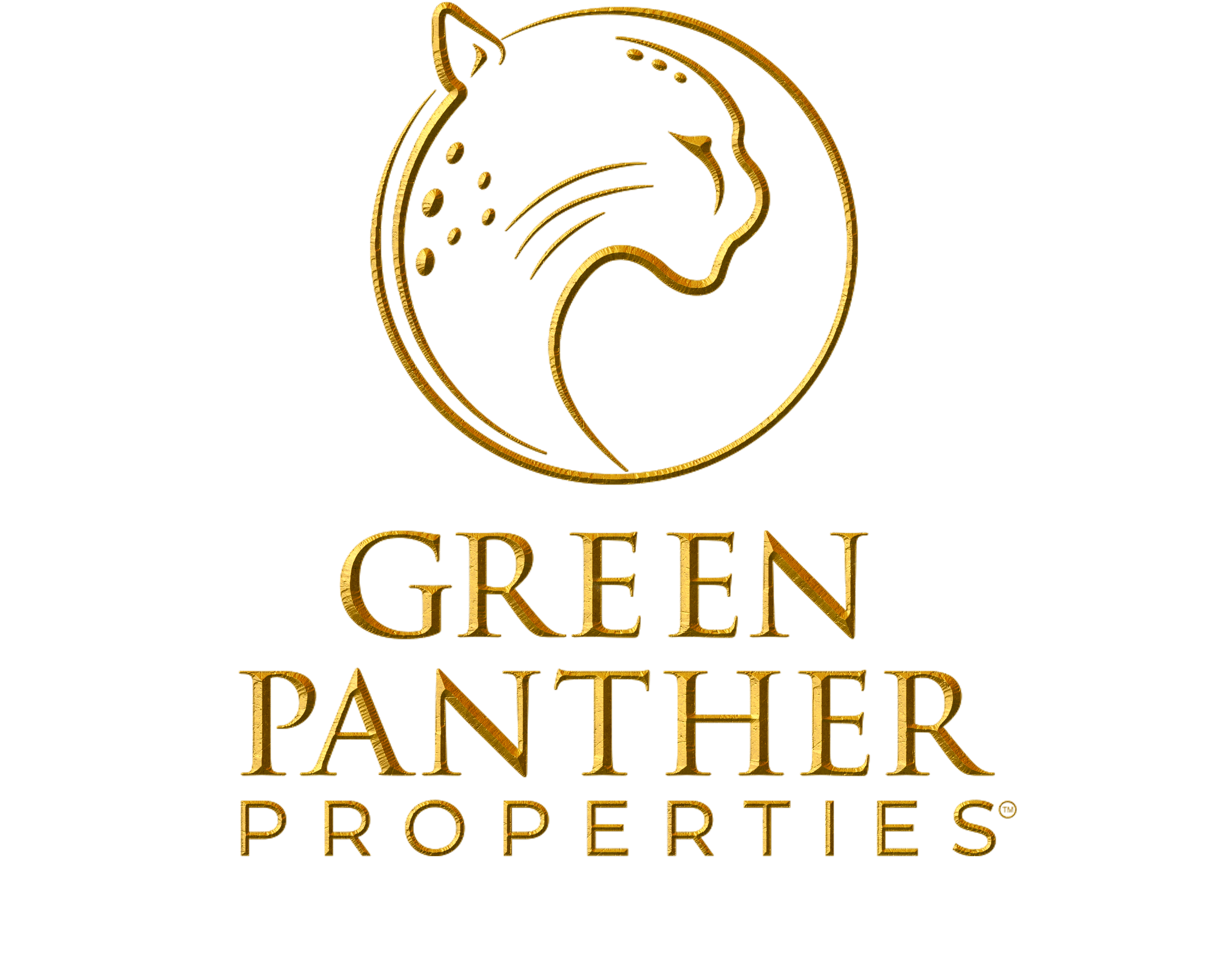From A Barren Land To Biodiversity – The Evolution Of Shoonya Farm
Do you remember the last time you woke up to the melodious songs of birds? Can you recall being surrounded by hues of green and blue in every direction your eyes wandered?
Sure, a home in nature is not ancient history yet. But with the rate at which the wheel of growth is spinning, we’re headed towards a world where nature itself will face extinction.
So, what’s our way out? A sustainable way of living where humans dwell and grow alongside nature in all its glory.
And Shoonya Farm near Ahmedabad laid the foundation for a nature-based living system where we and our modern luxuries can co-exist with nature and all its riches.
Shoonya Farm and Nature-based Living
Shoonya Farm is Mr. Amit Rao’s (our founder) farmhouse near Ahmedabad. It has its essence rooted in the philosophies of sustainability and coexistence. Excessive urbanization has erected a wall segregating us humans from our roots. We’re incessantly bidding for more comfort without realizing that Mother Nature is the one who has to pay the price.
Our objective was to build a life zone where humans and nature nurture each other in an eco-friendly yet opulent environment. Thus, the idea of Shoonya Farm was conceived. It was an ambitious proposal that envisioned nature-based living as the most viable option for habitation in the future.
Bringing Shoonya Farm To Life
Since its inception, Shoonya Farm was supposed to be a self-reliant, eco-luxury villa in the midst of nature. However, building it from the ground up was a task as challenging as it was ambitious. But nature showed us the way, and we went all in with a will to embrace a life of coexistence and sustainability.
What we saw before us was a 1-acre patch of barren land on the outskirts of the city with no provisions of water or food. The mission was to build a villa near Ahmedabad city for accessibility but just outside enough to bask in nature’s glory.
And to build what we envisioned – an eco-luxury home – we collaborated closely with nature.
(A) Phase 1: Water retention
With no source of water in sight, our only option was to retain the rainwater. And we did so by remodeling the path of flowing rainwater, leading it to a lake-sized cavity in the land nearby. The resulting reservoir drastically raised the groundwater levels, making the soil moister and reducing the water intake by plants. We also incorporated the practice of rainwater harvesting. Once the problem of water was solved, we turned our heads to the next big challenge: covering the land in lush greens.
(B) Phase 2: Afforestation and Agriculture
We began landscaping by growing dense vegetation along the perimeter of the acquired land. We used native shrubs, some fast-growing creepers, and large, flowering, and fast-growing trees. To keep the land evergreen, we covered the ground with a large variety of flowering, ornamental, shade-loving shrubs and creepers.
But these weren’t the only kind of herbs and shrubbery that we planted. To combat the food crisis, we sowed the edibles we wanted to eat, ranging from fruit trees and leafy greens to vegetables and herbs.
We also ensured that all our practices were harmless to the bountiful reserve of nature. Accordingly, we recycled all of the kitchen waste into organic compost for the farm, while Neem leaves became our herbal pesticide.
Gradually, our eco-luxury farm near Ahmedabad city became a temporary habitat to a wide variety of fauna from tress and hills afar. And when we added an aquatic ecosystem in the form of a small Lily Pond, the Shoonya Farm became home to 70+ species of birds, insects, reptiles, and other animals.
(Here’s a time-lapse of the year-by-year transformation of the Shoonya Farm site near Ahmedabad)
(C) Phase 3: The Glass House
With Shoonya Farm, our ultimate goal was to make the wall disappear between mankind and nature. And we did just that when we constructed the residence. Instead of erecting concrete walls, we designed a glass house with a series of verandas, decks, and balconies for a direct view of the outside.
In terms of architecture and design, we ensured that the house remained devoid of any embellishment to give it a quaint aesthetic. More interestingly, the upper floor was erected in a record single day using steel beams and columns. And as far as energy consumption was concerned, solar panels did (and are still doing) an impressive job at powering Shoonya Farm and the nature-based life that thrives there.
You can also know more about the evolutionary journey of Shoonya Farm as an audio-visual experience here: https://www.youtube.com/watch?v=mhwpd6A5ypY
The Road Ahead
After 5 fruitful years of hard work, responsible practices, and learning from nature, Shoonya Farm became the home that truly embraces nature and wildlife as its neighborhood.
Shoonya Farm is unlike any other typical farmhouse or villa in Ahmedabad or even Gujarat, for that matter. It encapsulates the authentic farmhouse experience, away from the chaos of urban life and in close proximity to the rawness of nature.
In a time when the Earth is not calling but urging us to help her survive, sustainability and coexistence are the needs of the hour. Shoonya Farm represents the ideal lifestyle where you, nature, and your comforts can thrive together.
What started as a closed experiment has now become the beacon of inspiration for Green Panther Properties – a platform for like-minded eco-warriors to converge into a dedicated community of Green Panthers and be ONE with nature.




